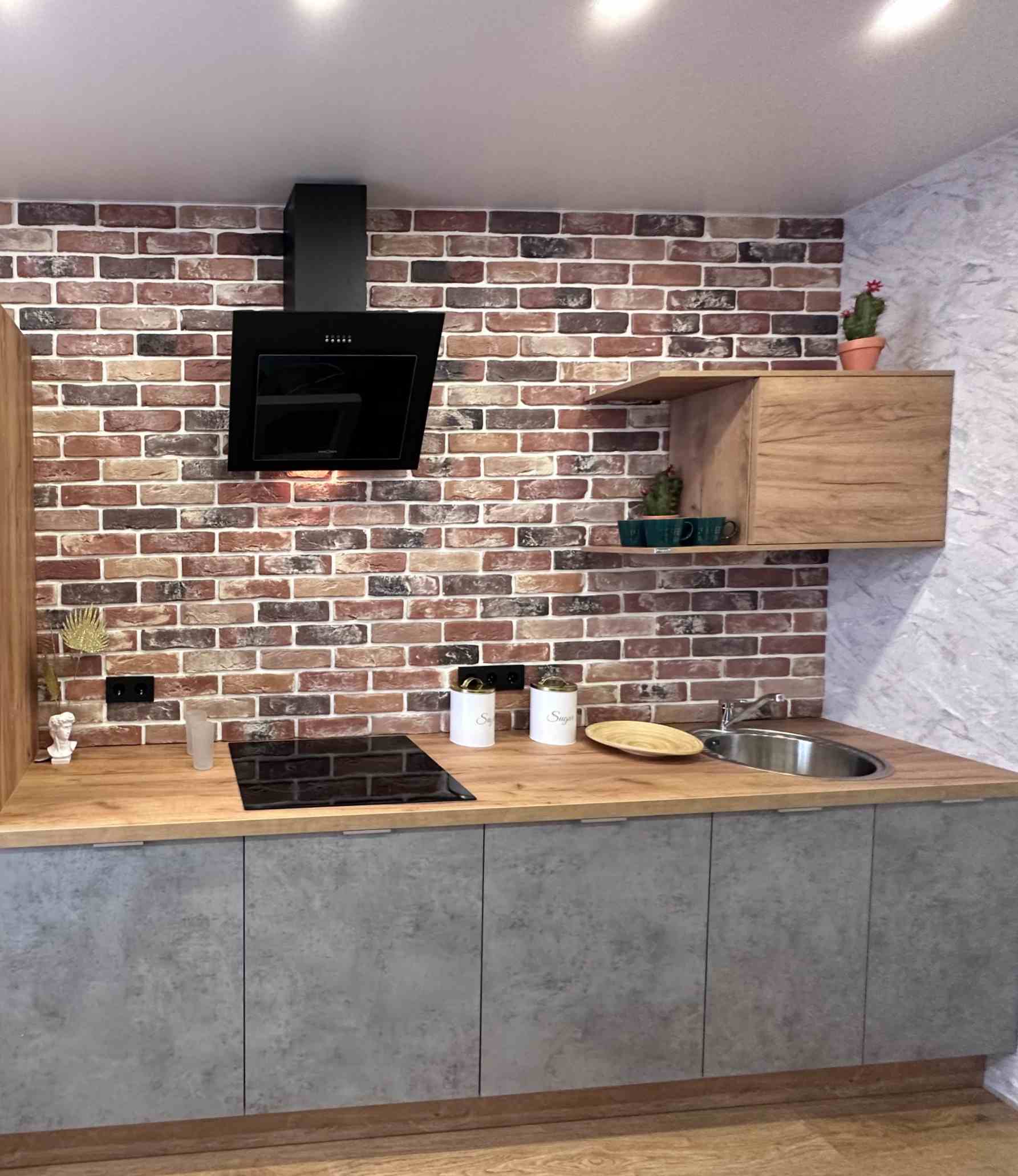
Introduction to Kitchen Design Perfection
The heart of the home lies in a well-designed kitchen space that reflects both functionality and style. Mastering kitchen design requires an understanding of the space's potential, the needs of those using it, and the harmony between aesthetics and practicality. This journey towards creating the perfect kitchen involves exploring various design principles, employing innovative solutions, and personalizing the space to fit your lifestyle.
Understanding Kitchen Layouts
The layout is the skeleton upon which the rest of the kitchen design is built. Popular configurations include the L-shape, U-shape, galley, and island layouts, with each offering unique benefits and constraints. Efficient use of space, traffic flow, and the classic work triangle principle should guide the choice of layout to ensure ease of movement between the sink, refrigerator, and stove.
Choosing a Color Palette
Color has the power to transform and define the atmosphere of any kitchen. The palette chosen can create an illusion of space, reflect light, and merge the kitchen seamlessly with the rest of the home. Whether opting for a monochromatic scheme for its sophistication or a bold set of colors for vibrancy, color selection sets the mood and ties together all design elements.
Material Selection and Quality
The materials used in the kitchen are as important as the color scheme in achieving design perfection. High-quality materials for countertops, cabinetry, and flooring are not only aesthetically pleasing but also essential for durability and maintenance. Balancing cost, appearance, and functionality is key when selecting materials like granite, marble, hardwood, or stainless steel.
Incorporating Technology and Appliances
Modern kitchens are not just spaces for cooking but are equipped with technology that enhances functionality. Smart appliances, efficient lighting solutions, and innovative storage systems contribute to a kitchen's practicality and ease of use. Designing with appliances in mind ensures a cohesive and integrated look that complements the overall aesthetic.
Attention to Detail: Lighting and Fixtures
Details such as lighting and fixtures may seem small but play a significant role in kitchen design perfection. Adequate lighting is essential for both food preparation and creating ambiance. Task, ambient, and accent lighting should be layered to achieve the right balance. Similarly, fixtures like taps, handles, and knobs, while often overlooked, can become statement pieces that add flair to the kitchen.
Maximizing Storage Solutions
Efficient storage solutions are pivotal in a well-designed kitchen, as they help minimize clutter and maintain organization. Custom cabinetry, pull-out drawers, and pantry organizers can be tailor-made to fit the kitchen's specific needs, allowing for the optimization of every inch of space without compromising on design.
Personal Touches and Final Flourishes
The ultimate kitchen design reflects the personal style and taste of the homeowner. Including personal touches such as unique backsplashes, display shelves, or a piece of statement art can make the space truly one's own. Final flourishes like plants, decorative glass jars, or a chalkboard wall add character and bring the kitchen to life.
Conclusion: A Cohesive Vision
Mastering kitchen design perfection is a meticulous process that involves a balance between beauty and functionality. A cohesive vision that aligns with the home's overall design, accommodates lifestyle needs, and exudes personal style is the cornerstone of the perfect kitchen. With careful planning, every element from layout to final touches can come together to create a kitchen that is not only stunning but a joy to cook in and entertain.
``` Note that this structured article content is using HTML paragraph and heading tags. It is a simplified version without full HTML page structure, as per your request.